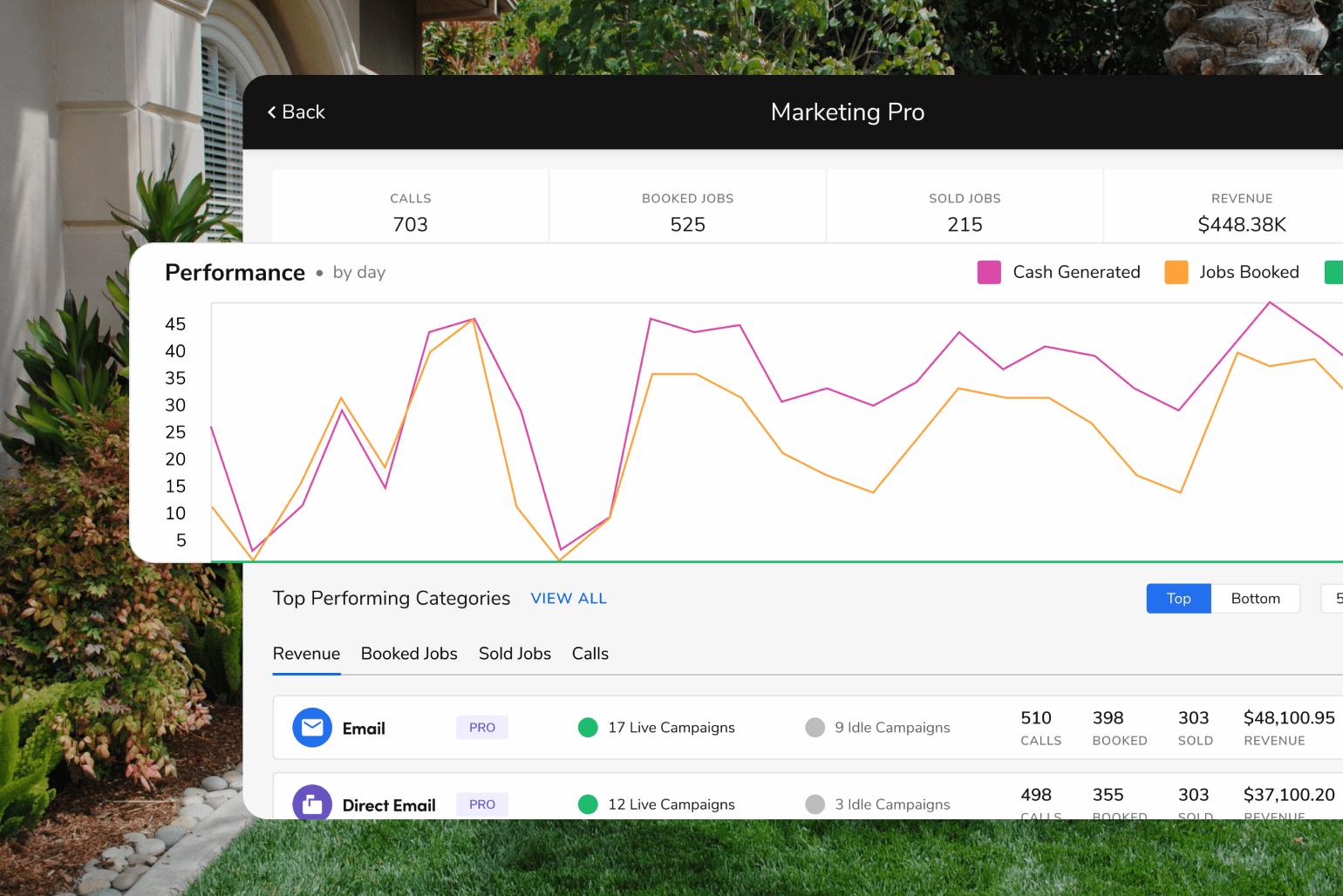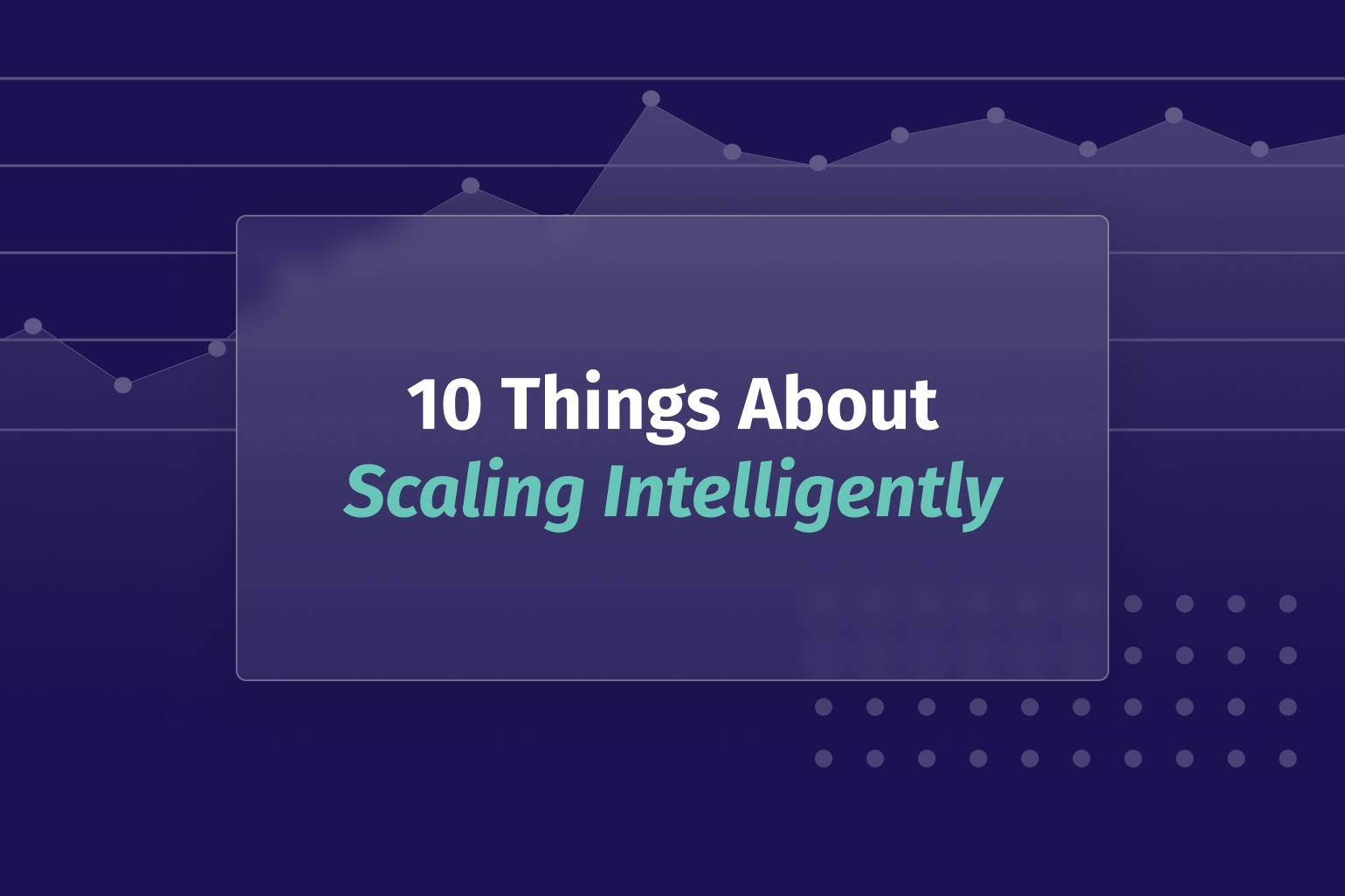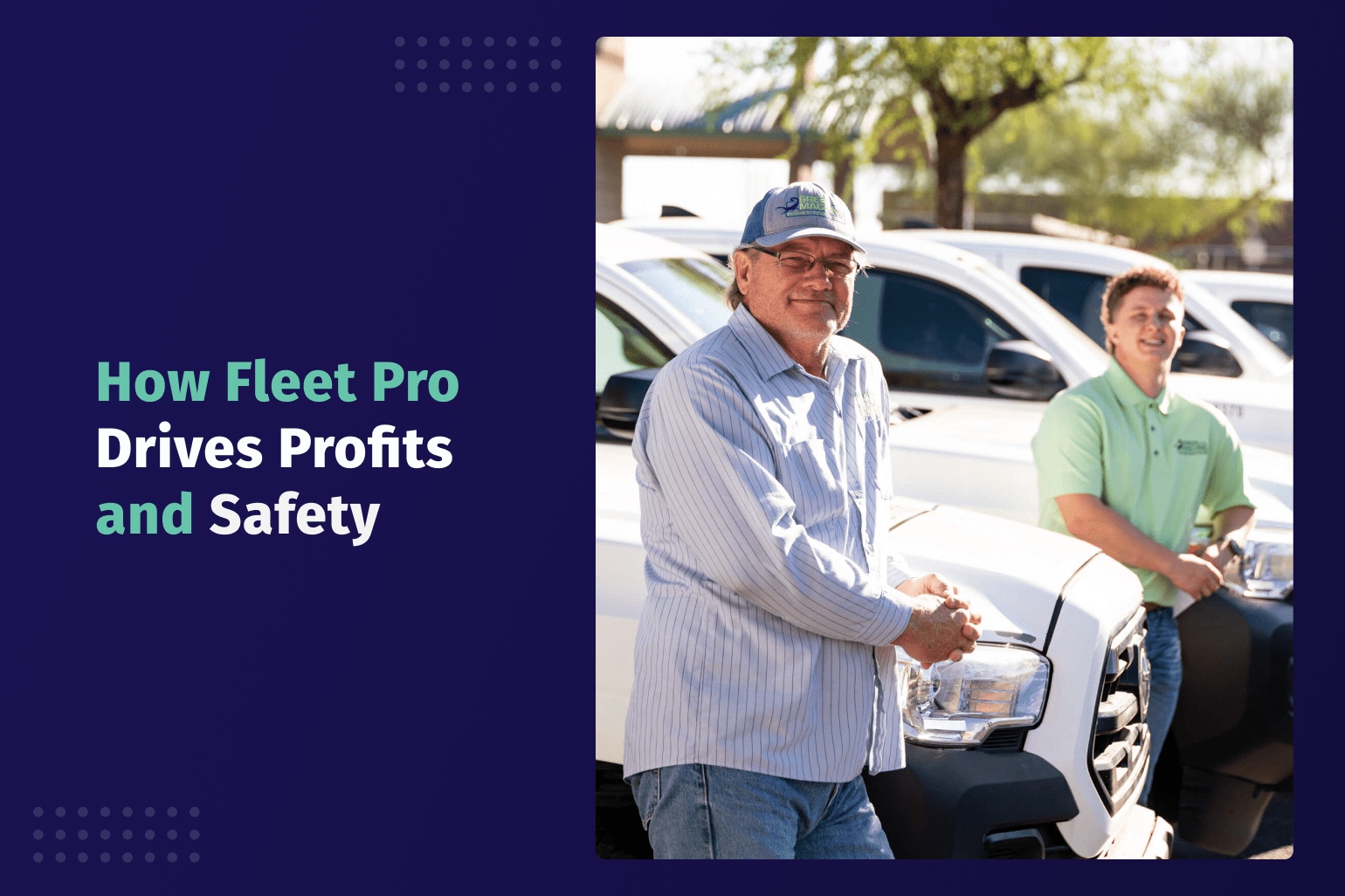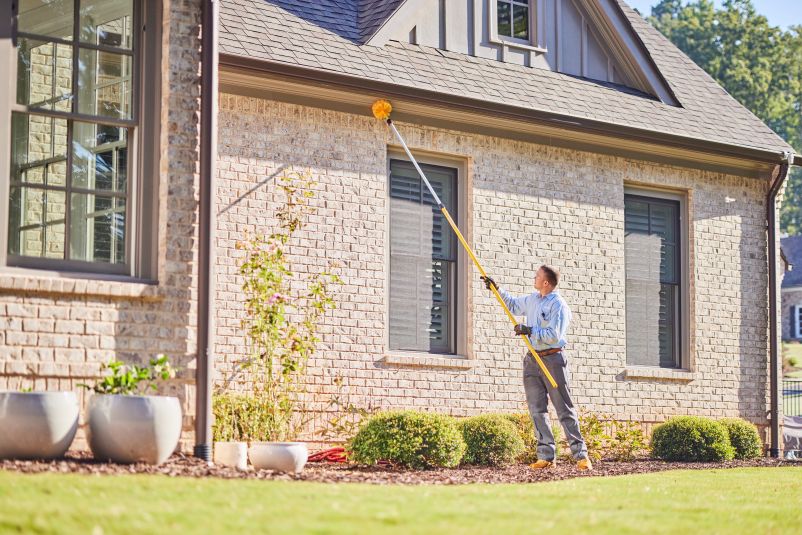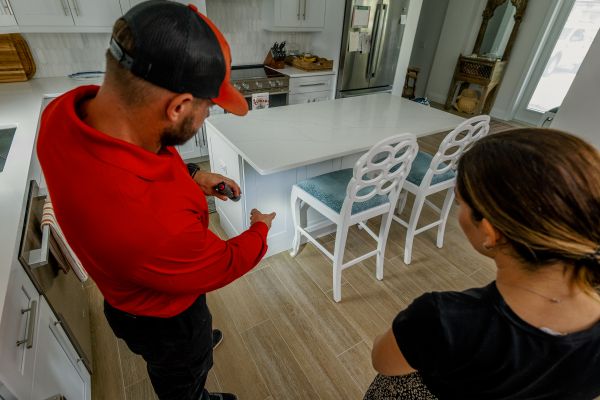AI in Pest Control: A Game-Changer For The Industry

AI in Pest Control: A Game-Changer For The Industry
Artificial intelligence (AI) promises to transform how pest control company owners run their businesses. On the operations side, AI brings automation to detection, monitoring, planning, treatment, and more. On the customer side, AI enables better service through automated scheduling, communication, and routing.
How AI Can Help in Pest Control
Still a new technology, AI can already automate pest detection and monitoring, developing targeted treatment plans, and predicting pest populations to prevent infestations.
AI also develops creative solutions by combining different pest control methods, such as pheromone traps that double as remote monitoring sensors. A solution like that could lead to a big step forward in crop protection. Farmers could apply broader and more targeted biological controls to reduce or enhance their pesticide use.
Automated Pest Detection
AI detection systems automate pest identification and monitoring using cameras and sensors that collect data such as heat, movement, and sound. Machine learning algorithms analyze these data points against massive datasets, enabling AI to identify pests and recommend treatment plans.
Benefits of automated pest detection:
Early detection: Field technicians intervene to prevent infestations before they happen, often resulting in less pesticide use.
Improved accuracy: Positive sightings and predictive pest routes help technicians pinpoint their treatments, further reducing the use of pesticides.
Reduced labor costs: AI systems work 24/7, reducing the need for costly and time-consuming - manual pest detection.
A real-life example of AI automating pest detection: Cotton farmers use AI pest detection along with pheromone traps to manage bollworms. This system helps farmers know when and how much pesticide to avoid over-spraying and support higher yields.
Predictive Modeling for Pest Outbreaks
AI stops infestations before they happen by predicting pest populations weeks, months, or even years in advance. AI algorithmically processes vast amounts of data, such as weather patterns, pest life cycles, and past outbreaks, to generate predictive models.
An example is the Anticimex SMART Digital Rodent Control System, which combines digital traps with sensors that monitor rodent activity. The system uses that activity data to build trend curves predicting nearby mice and rat populations.
Benefits of predictive modeling for pest outbreaks:
Proactive pest control: Predictive models enhance field technicians’ speed and accuracy, enabling them to be proactive instead of reactive to pest outbreaks.
Reduced pesticide usage: Technicians know with greater certainty how much pesticide to use, when, and where to use it.
Lower costs: Pest control companies save time and conserve product. Globally, farmers could recoup billions in crop losses.
A real-life example of predictive modeling for pest outbreaks: Semios, a precision farming platform for growers of high-value crops, partnered with Google to predict and prevent agricultural threats. One of its success stories includes increasing almond production by using AI to reduce a moth population by 1.5 billion. Read the full story here.
Precision Pest Control Strategies
AI powers the development of precision pest control strategies by analyzing datasets as diverse as pest behavior, environmental conditions, and historical infestation patterns. It finds insights such as where and when an infestation will likely begin and what entry points and routes pests will likely use — or may already be using.
AI shows strong potential here to benefit integrated pest management (IPM) professionals focusing on holistic, sustainable, long-term pest management plans.
Rentokil offers an example of how AI helps develop precision pest control strategies. Its PestConnect system monitors customer locations 24/7, enabling real-time pest control. It also reports on recommendations and trends.
Benefits of AI in precision pest control strategies:
Improved customer satisfaction: Higher precision delivers better results, leading to happier customers. Infestations reduce faster, and the need for follow-up service also decreases.
Reduced pesticide usage: Field technicians use the minimal effective amount of pesticide needed thanks to AI recommendations on timing, location, and dosage.
Lower costs: Technicians increase their field efficiency by knowing the optimal solution — targeted spraying, baiting, trapping — for each situation.
A real-life example of AI in precision pest control strategy: Blue River Technology’s smart sprayer helps farmers reduce herbicide by up to 90% or more compared to traditional broadcast sprayers. Blue River’s AI smart sprayer uses image-based pattern recognition to distinguish crops such as cotton and wheat from weeds, then spray only the weeds.
Smart Traps and Real-Time Monitoring
AI can monitor environments in real-time by placing sensors and cameras into traditional pest control devices. Slovenian company Trapview, for instance, developed a pheromone trap that photographs insects it catches. That data powers AI to make real-time predictions, such as how the pests will spread so that field technicians can intervene swiftly with a targeted response.
As mentioned in the previous section, other systems work more like Rentokil’s PestConnect system. Systems like these use infrared sensors, motion detectors, and video surveillance to monitor environments and issue real-time alerts.
The benefits of smart traps and real-time monitoring:
Respond anytime from anywhere: 24/7 monitoring backed by real-time notifications wins customers’ confidence, especially for sensitive environments like food storage.
Enhanced accuracy: AI-assisted treatment recommendations enable field technicians to prevent infestations through timely interventions.
Reduced manual labor: Smart traps and monitoring systems lessen the need for routine inspections and treatments. That means less disruption for homeowners, too.
A real-life example of smart traps and real-time monitoring: Smart traps help control Mediterranean fruit flies or Medflies. Sensors in the trap automatically monitor pest populations, making technicians more efficient in targeting their treatments.
Autonomous Pest Management Devices
AI-equipped robotic systems can navigate environments, identify pest problems, and take action without human involvement. This means autonomous pest management devices have a strong potential to automate or augment many of the manual tasks involved in pest control, helping companies increase their efficiency and scale.
Solinftec’s Solix Ag Robotics solutions travel farm fields at night, taking down early-stage weeds with targeted sprays. They also handle insects by attracting them with unique wavelengths of light and then shocking them.
More examples include autonomous pest-hunting drones from agricultural technology (agritech) startup AeroPest and the Agrobot Bug Vacuum that inhales Lygus bugs.
Benefits of autonomous pest management devices:
Increased coverage: One robot can cover more ground than multiple field technicians combined. Robots are also indifferent to the monotony of repetitive tasks.
Reduced human labor: Robots automate time-consuming manual labor, such as weed control, freeing technicians to focus their time on more valuable activities.
Improved safety and environmental impact: Autonomous robots work at hours and in conditions humans can’t. Many don’t use chemicals, and those that do use them in small, targeted amounts.
Real-life examples of autonomous pest management devices: In addition to the examples above, more types of AI-powered pest control robots are under development. For instance, drones and small robotic vehicles show strong potential for identifying, assessing, and treating crop infestations.
Data-Driven Decision-Making
AI generates actionable insights and recommendations by integrating data from pest monitoring systems, weather and GPS satellites, historical records, and various other sources. AI identifies opportunities to improve efficiency, profitability, and sustainability by finding patterns within these datasets.
A good example is FarmSense, a pest-monitoring platform for growers. Its sensors capture insect and environmental data in the field and then ship it to the cloud for AI to process. As the AI learns more about each grower’s unique situation — crops, weather, terrain — the better it can recommend targeted strategies.
Such recommendations include telling nut orchards when to spray for navel orangeworms. The hardy, multigenerational, multihost pest requires repeated insecticide applications to manage. FarmSense lets growers know the best times to spray to keep pests down and yields up.
Limitations of Artificial Intelligence in Pest Control
The potential for AI to transform pest control is exciting. But managing expectations is important, particularly when AI is still so new to the industry. Several limitations currently stand in AI’s way:
Accuracy of data: AI is more of a moving target than it may seem. Consider how rapidly climate change affects weather patterns. Access to accurate data sources must be maintained, and algorithms must be continually refined to remove bias.
Ongoing human supervision: AI augments labor more than replaces it. Human oversight is needed to check for false positives and negatives.
Cost: There aren’t many out-of-the-box AI pest control solutions yet. As for developing a custom AI solution, many companies will likely feel priced out.
Whatever limitations AI has to overcome in pest control, it has already shown the ability to impact everything from sustainability to profitability..
What the Future Holds
Going forward, the advancement of AI pest control will probably look something like:
Synergies with other technologies: Monitoring systems combine Internet of Things (IoT) sensors with cloud-based AI. Blockchain could combine with AI to promote more responsible pesticide use.
Faster, smarter recommendations: The more deep learning AI does, the better it performs. As AI systems generate historical data — and as their integrated datasets get bigger simultaneously—predictions become faster and more accurate.
Lower costs: Like any technology, the more broadly AI is applied across the pest control industry and agriculture sector, the more costs for AI products will come down overall.
Imagine sending a drone to do an initial inspection instead of a field technician. Companies like AeroPest are already working to make this a reality.
There’s also the impact AI will have on pest control software.. AI already handles tasks like route optimization. In the future, it could also help your sales and marketing teams with everything from managing their CRM to automating analytics and reporting.
Boost Your Pest Control Workflows
AI is poised to transform pest control on all fronts. It automates tasks, so owners and field technicians have more time to focus on strategic growth. It improves customer experience through better communication and more effective service. Those results lead to increased revenue through more new appointments and repeat business.
The FieldRoutes® Operations Suite delivers these efficiencies by automating your routing, scheduling, billing, invoicing, and more. Dashboards and reporting use real-time data and analytics to help you find more operational efficiencies, too.
See how it works with a free demo.


